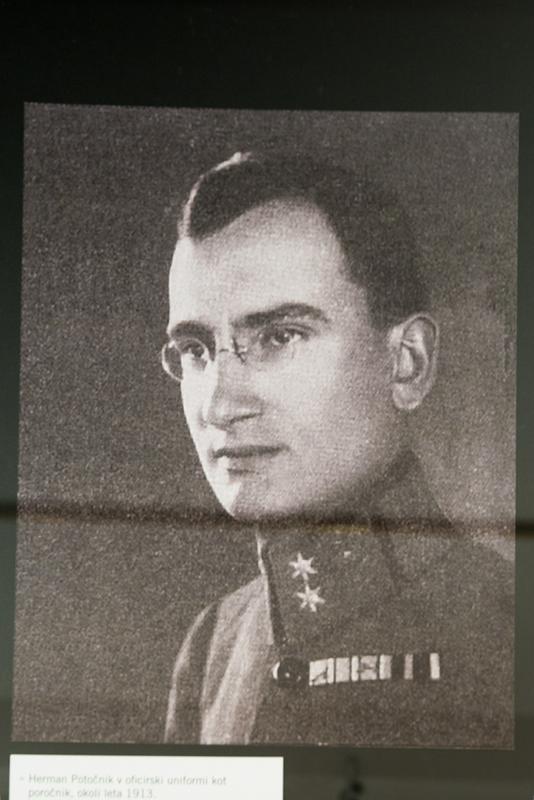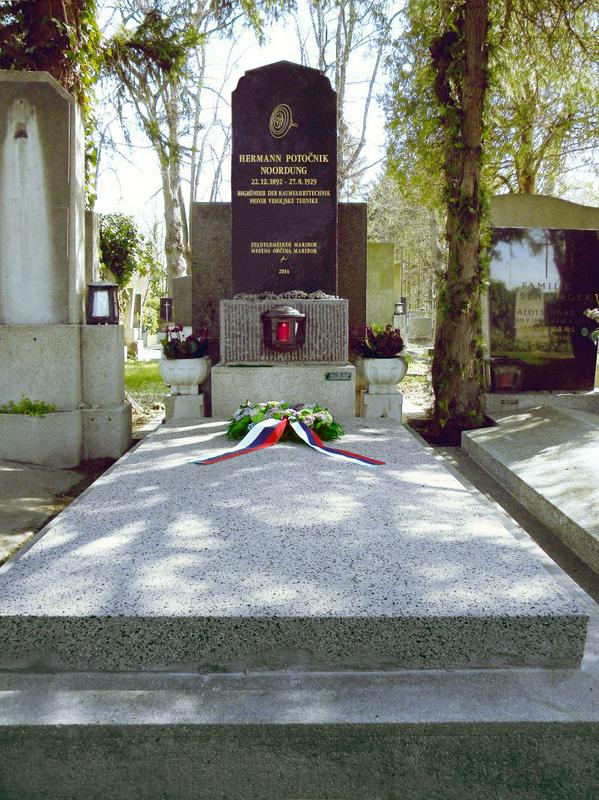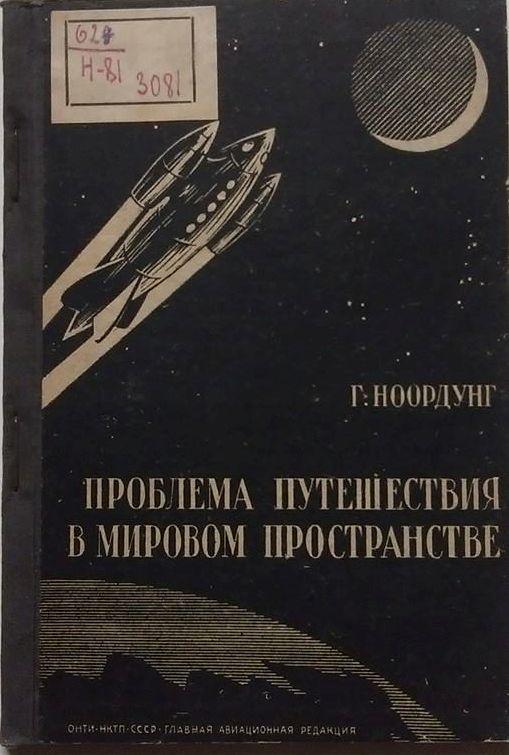

According to the Public Library of Celje, where an exhibition dedicated to one of the pioneers of space technology will be held, the book is a genuine rarity. No library in Slovenia holds a copy of the book. After years of searching, the book was found a few days ago in St. Petersburg. It arrived in Celje today, on the day of the opening ceremony, Noordung expert Primož Premzl said. The exhibition will run until the end of January. On January 5, a lecture on the life of Noordung will be held at the Public Library of Celje.
Potočnik was born in Pula in 1892, where his father was in military service. His father was born in Slovenj Gradec and served as a military doctor and a high-ranking official in the Austro-Hungarian Navy. Noordung was born into a wealthy bourgeois family from Slovenj Gradec who were in the leather business. Noordung's father died in 1894, and his mother decided to move to Maribor with her three kids. Noordung's grandfather was a wealthy wine merchant, and Herman spent his childhood in Maribor. He had two brothers, Adolf and Gustaf, both of whom were Navy officers. He also had a sister called Frančka.
Potočnik went to primary school in Maribor and later (1910-1913) studied at the Technical Military Academy in Mödling near Vienna to become an engineer and second lieutenant. A year later he had to go to the front. He served in a railway corps in Galicia, Serbia, Bosnia, on the Isonzo front and later at Pavia. He went on to become a captain but had to retire in 1919 after suffering a bout of tuberculosis.
One of the Founders of Space Technology
Herman graduated from the Technical University of Vienna in 1925. Four years later in Berlin, he published a book under the pseudonym of Hermann Noordung titled 'The Problem of Space Travel: The Rocket Motor', which made him a pioneer of space technology. The book contains a description of a journey into space and a plan on how to survive out there. He outlined the details of how to build a space station and launch it into space. His geostationary station consists of three parts: an observatory, a solar power plant and an inhabitable wheel. The book contains 188 pages and 100 illustrations.
Noordung is also considered the inventor of synchronous orbits for geostationary satellites. He lived in Vienna until his death in 1929, and dedicated his entire life to the problem of space flight. He died of pneumonia at the young age of 36. In August 2012, Primož Premzl discovered Noordung's grave in the Protestant section of the Central Cemetery in Vienna. The grave was initially unmarked. In April 2014, the grave was finally marked with a headstone in a ceremony to commemorate his achievements.
K. T.; translated by D.V.


































































